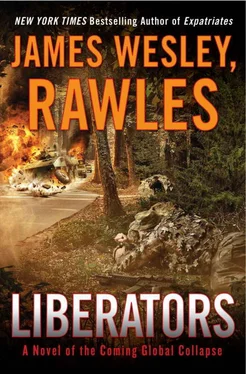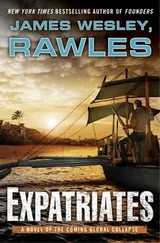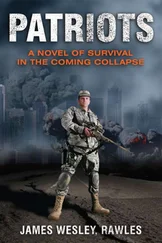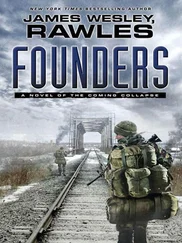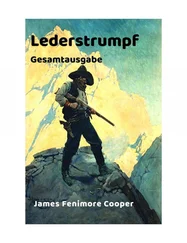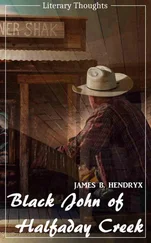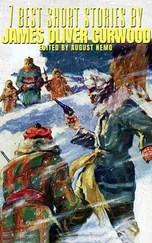A SITTEMP tells anyone looking at it, through military symbology, what is currently taking place on the ground. These were maps, attached to a board behind them, with clear acetate overlays placed on top of the map, with all three parts securely connected to one another using duct tape. Megan would have killed for some decent 1:50,000-scale military grid-reference system maps and a good map board to hang them on. However, all they could come up with were regular road atlases, some USGS maps, and some U.S. Forest Service maps of the national forests in the region. For the map boards, they used simple four-by-eight-foot sheets of half-inch plywood. Because of the limited quality and availability of maps, they maintained several separate SITTEMPS in different map scales.
Young Jean and Leo helped out as couriers, but because of their age, they mainly observed the daily routine at the TOC, read books, and quietly played with their toys. The map board became such a fascination for them that Joshua constructed a two-by-three-foot toy map board for them using Megan’s old Virginia Beach Quadrangle map and a sheet of acetate. This kept the boys from being tempted to doodle on the TOC’s working map boards.
Before the Crunch, as a prepper, Megan had been aware of an online mapping service called MyTopo.com. She had once looked at the website, but had never used it herself. It was a powerful resource, allowing people to take a “snapshot” of any place on earth, where they could choose whether they wanted a map in longitude/latitude, or in the global UTGM military grid-reference system. Their maps were also offered with lamination, meaning that users could still draw or stick symbology directly on them in the event that no transparent overlay material was available.
The symbology used in a SITTEMP was basically the same as that found in the old Avalon Hill war simulation board games that were sold in toy stores. This was one of the reasons Megan enjoyed the tactical side of intelligence analysis. In her training, that was basically what a map exercise (MAPEX) was: an elaborate war board game. With symbology that represented units, movement, actions, situations, and unit boundaries, a person skilled in reading a SITTEMP could read this information like words on a page. That, after all, had always been Megan’s personal standard.
Megan had brought her old military map bag with her that she had carried since her days at the Navy and Marine Corps Intelligence Training Center (NMITC). She wouldn’t have been much of an analyst if she hadn’t. In it were several military map-reading protractors in 1:50,000 and 1:100,000 scale. There was a variety of fine-point permanent ink pens in various colors, Vis-à-Vis brand temporary markers, and a small felt pen that was filled with alcohol for erasing, a set of military symbol stencils, and a folded 1:50,000-scale military map of the Virginia Beach area that she had been allowed to keep after her Advanced Individual Training (AIT). There was also a DVD that had been prepared for each student, containing PDFs of various Army and Marine Corps manuals, such as Intelligence Preparation of the Battlefield ( IPB ), and TOC Operations . Megan also had a stack of transparent, single-sheet document protectors. She had been taught how to use these to make “mini” SITTEMPS, using a single-page photocopy of a map, or anything else that was on one sheet of paper, inserted. By stapling other empty document protectors on top of the one holding the map, one could make a product of multiple overlays, depicting avenues of approach, hydrology (rivers, lakes, and streams), restrictive terrain, and obstacles.
One thing that Megan was able to acquire was a spare copy of Army FM 101-5-1 (Marine Corps MCRP 5-2A): Operational Terms and Graphics . A copy had been given to her by Jeff Trasel, of the Northwest Militia. He told her that he had picked up several copies from an Army surplus store in Sandpoint, Idaho, that he jokingly called Grogan’s War Surplus. Each copy still had its price tag of $2.49, from before the Crunch.
Megan thought this manual was a godsend. While she had this manual and others saved as PDFs on her DVD, this hard copy was invaluable. It was funny that an Army surplus store in the local area would have them available for a pittance. The date on the FM was 1997, but the symbology was what she was most interested in, and that had not changed over the years. It included all of the symbols for low-intensity conflict–type events, such as drive-by shootings, vandalism, graffiti, “drug vehicles,” and refugees. This would serve as an invaluable hard reference, particularly if the resistance captured any UNPROFOR operations or intelligence products, since all of the other “formerly NATO” countries used the same symbology.
Given the nature of their work, and their vulnerability, they kept a thirty-gallon galvanized steel trash can in one corner of the TOC, with a one-quart motor oil container filled with gasoline hanging at the top. In the event that they were raided or faced any other emergency that would compromise them, they wanted a rapid way of destroying as much data, documents, thumb drives, and laptops as possible.
As Megan put it, “If the house goes up in the process—oh well. That will destroy even more evidence.”
• • •
One day at the TOC in late October was particularly eventful and stressful. Reports arrived on USB thumb drives, but there were more than twice as many as usual. (There had been ambushes conducted the day before by both the Bovill Blue Blaze Irregulars and the Moscow Maquis.)
As she began opening the files on the USB sticks, Megan began muttering. “Here’s another one that reads just like a ‘What I did on my summer vacation’ essay. Why can’t they follow our instructions on using SALUTE format?” she exclaimed.
“Beggars can’t be choosers,” Malorie replied from the kitchen. “We’re lucky to get the resistance groups to report directly to us at all. And we sure can’t jack them up about it. They aren’t in our chain of command. And what are we gonna do—threaten to dock their pay?”
Megan laughed and said, “You’re right; half of nothing is still nothing.”
As usual, Megan put each separate report in the Message Traffic Log spreadsheet, which was an ongoing document saved on one of their netbook computers. It mentioned in much-abbreviated form what had been reported.
Next, she started plotting the gist of the reports, one by one, onto the Moscow Region–Current SITTEMP overlay of the main map board. Megan had developed a way of using a computer printer to print symbology onto clear plastic sheets, with the event information next to that symbol. In this way, anyone visually analyzing the SITTEMP could see the map’s terrain information through most of the printed material. Needless to say, the UN forces were marked in red, and any symbology marking a militia unit or action was marked in blue. Due to the limited number of reports that came in on most days, the symbols were left on the SITTEMP boards indefinitely, unless they started to crowd each other out. In that event, the oldest plotted information was removed first.
Malorie could hear Megan’s frustration level as she worked. “I just spent twenty minutes digesting this and then when I go to plot it, I discovered that it was the same event, as seen from the opposite direction by a different unit, except that I now have conflicting reports on the type of German vehicles that were engaged. Were they six-wheeled TPz Fuchs or were they eight-wheeled GTK Boxers? Arrrgh!”
Malorie laughed. “That’s why they pay you the big bucks as a hotshot analyst, sis.”
“Twice nothing is still nothing,” Megan shot back.
Читать дальше
